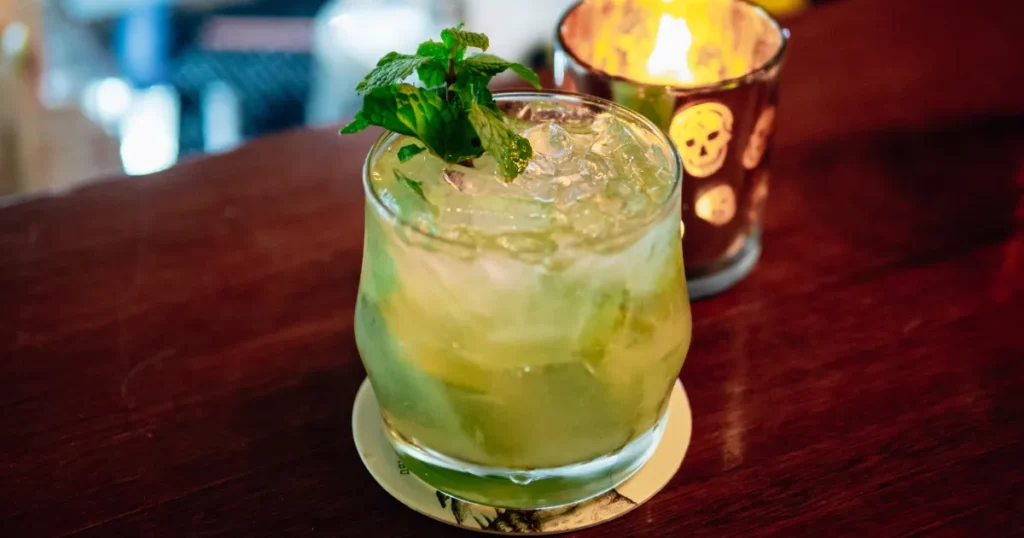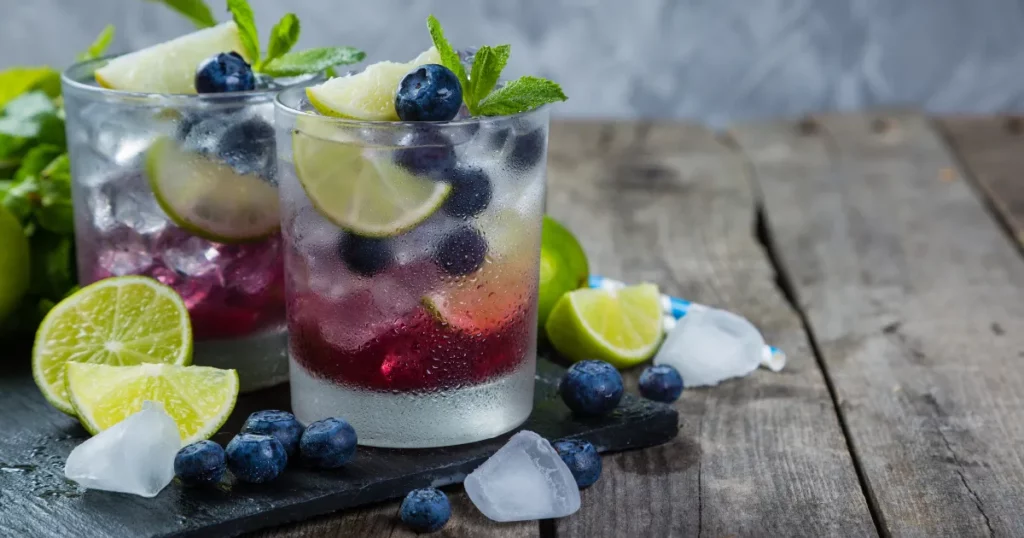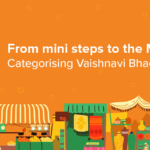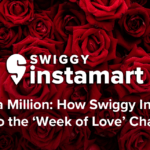What Makes Mojito So Special?
Few cocktails are as universally loved as the Mojito. With its refreshing mix of mint, lime, sugar, rum, and soda water, this drink is a go-to choice for warm weather and tropical getaways. What makes this cocktail even more intriguing is its rich history. The Mojito drink origin dates back centuries, with roots deeply embedded in Cuban culture. It has evolved from a simple local drink into a global sensation, enjoyed in bars and restaurants worldwide. But how did this cocktail come to be, and why has it remained so popular? Let’s take a deep dive into the fascinating history of Mojito.
The Origin of Mojito: A Cuban Legacy

The mojito origin country is none other than Cuba, where it has been enjoyed for centuries. While the exact origin of mojito is debated, many historians trace it back to the 16th century when an early version of the Mojito was created using locally available ingredients.
One of the most well-known theories ties the Mojito to Sir Francis Drake, the English explorer and pirate. According to legend, when Drake and his crew landed in Cuba, they crafted a primitive version of the Mojito using aguardiente (a precursor to rum), sugar, lime, and mint. This mixture was believed to have medicinal properties, helping with digestion and warding off diseases like dysentery and scurvy.
Over time, aguardiente was replaced by rum, which had become more refined and widely available. The drink gained popularity among locals, eventually becoming a staple in Cuban households and bars.
However, it wasn’t until Havana’s golden era in the 20th century that Mojito gained international fame. The cocktail became a favorite among celebrities, travelers, and writers—most notably, Ernest Hemingway, who frequently enjoyed Mojitos at the famous La Bodeguita del Medio in Havana.
The History Behind the Ingredients of Mojito
The Mojito’s charm lies in its simple yet flavorful combination of ingredients. Each element of this cocktail has its unique history, adding to the drink’s rich cultural background.
Rum
The key ingredient in the Mojito, rum, has a deep-rooted history in the Caribbean. It was first distilled in the 17th century using sugarcane byproducts. Cuba, known for producing some of the finest rums in the world, played a crucial role in shaping Mojito’s signature taste.
Mint
Mint has long been used in beverages for its refreshing and aromatic qualities. In Cuba, spearmint (locally known as hierbabuena) is the preferred variety for Mojitos, as it provides a slightly sweet and cooling flavor.
Lime
Sailors historically used limes to prevent scurvy, and they added a bright citrus kick to early versions of the Mojito. The combination of lime and sugar balances the drink’s acidity, making it incredibly refreshing.
Sugar
Cuban sugarcane played a significant role in the country’s economy, and sugar was naturally incorporated into the Mojito to add a hint of sweetness. The sugar in a Mojito is typically muddled with mint and lime to release essential oils and flavors.
Soda Water
The final ingredient, soda water, gives the Mojito its light, bubbly texture. This addition came later in the drink’s evolution, enhancing its refreshing qualities and making it a perfect summer cocktail.
Together, these ingredients create a perfect balance of sweet, citrusy, and herbal flavors, which is why the Mojito remains a favorite worldwide.
Mojito’s Global Rise: From Cuba to the World
While the mojito drink origin is firmly Cuban, its journey to global fame began in the mid-20th century. As tourism in Cuba flourished, visitors fell in love with the Mojito and brought the recipe back to their home countries.
During the 1950s and 1960s, Cuba was a hotspot for American tourists, including Hollywood stars and musicians. Many of them, like Frank Sinatra and Brigitte Bardot, were seen enjoying Mojitos at Havana’s most famous bars. However, after the Cuban Revolution in 1959 and the U.S. embargo on Cuba, access to Cuban rum became restricted, and Mojitos became less common in the United States.
Despite this, the cocktail made a comeback in the late 1990s and early 2000s, thanks to the rise of cocktail culture and renewed interest in classic drinks. Bartenders worldwide began serving Mojitos again, and soon, the drink became a staple at bars, restaurants, and beachside resorts.
Today, whether you’re in New York, London, or Mumbai, you can easily find a well-made Mojito. In fact, if you’re craving one now, you can simply Order Mojito Online from your favorite restaurant and enjoy a refreshing sip at home!
Modern Variations of the Mojito
While the classic Mojito remains a favorite, bartenders and mixologists have created several exciting variations to suit different tastes.
1. Virgin Mojito

A perfect non-alcoholic alternative, the Virgin Mojito keeps the refreshing flavors of lime, mint, sugar, and soda water—just without the rum!
2. Spicy Mojito

For those who like a kick, this variation includes muddled jalapeños or chili flakes, giving the drink a fiery twist.
3. Berry Mojito

Adding fresh berries (such as strawberries, raspberries, or blueberries) to a Mojito creates a fruity and slightly tart version of the classic cocktail.
Craving a Refreshing Mojito? Order Yours on Swiggy Today!
If all this talk about Mojitos has made you thirsty, why not treat yourself to a refreshing glass? Many restaurants and bars offer Mojitos for delivery, so you can Order Mojito Online and enjoy it without leaving your home.
Whether you’re in the mood for a classic Mojito or a fun variation like a Berry Mojito, ordering online ensures you get a freshly made cocktail delivered straight to your doorstep.
Conclusion
The Mojito is more than just a cocktail—it’s a drink with a fascinating history, deeply rooted in Cuban culture. And with so many variations available, there’s a Mojito for everyone—whether you prefer a classic, a spicy twist, or a non-alcoholic version.
So, the next time you’re in the mood for something refreshing, raise a glass to the Mojito and enjoy a taste of history in every sip!
FAQ
1. Is the Mojito a cocktail or a mocktail?
The classic Mojito is a cocktail made with rum. However, a Virgin Mojito is a non-alcoholic version that maintains the same refreshing flavors.
2. Who made the Mojito famous?
The Mojito gained international fame thanks to Ernest Hemingway, who frequently enjoyed it at La Bodeguita del Medio in Havana, Cuba.
3. What’s the difference between a Mojito and a Caipirinha?
A Mojito is made with white rum, mint, lime, sugar, and soda water, while a Caipirinha is made with cachaça (Brazilian sugarcane liquor), lime, and sugar—without mint or soda.
4. Is Mojito a healthy drink?
While the Mojito contains fresh ingredients like lime and mint, it also includes sugar and alcohol. For a healthier option, try a Virgin Mojito with reduced sugar.
Author Bio
Satisfying your cravings, one bite at a time. Discover the best eats, trends, and uncover the hidden gems with us to make your online ordering or dining experience a memorable one.



















































































